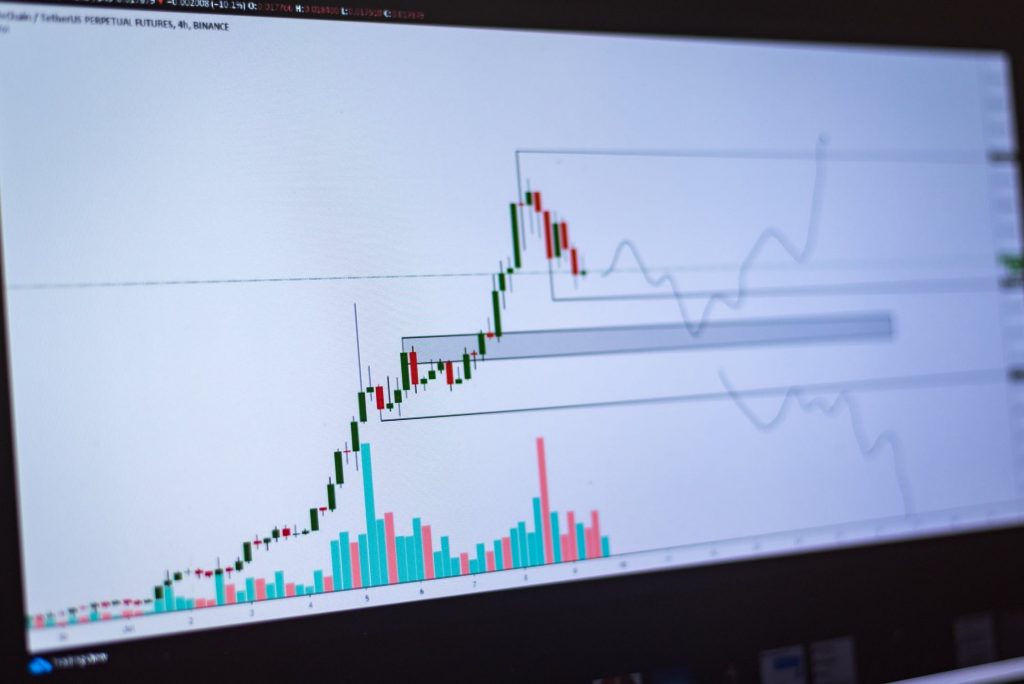ETPs, Exchange Traded Products, are investment vehicles traded on a stock exchange. Forex traders use ETPs to gain exposure to various asset classes, including stocks, bonds, commodities, and currencies. ETPs can be used for various purposes, including hedging and speculative trading. However, before investing in an ETP, it is essential to understand the risks involved.
Many ETPs are leveraged, meaning they provide exposure to an asset class with a higher level of risk. In addition, ETPs are subject to market fluctuations and can lose value over time. Investors should only invest in ETPs if they strongly understand the risks involved.
Different types of ETPs, their features and benefits
Traders have various ETPs available to them on the market today. A trader’s type of ETP will depend on several factors, including their investment objectives and the amount of capital they are willing to invest. The most popular ETPs include Forex ETFs, Forex mutual funds, and Forex index funds. Each type of ETP has unique features and benefits that make it suited for different investors. For example, Forex ETFs provide investors with exposure to a diversified range of currency pairs.
At the same time, Forex mutual funds enable investors to pick from various managers with various investing strategies. On the other hand, Forex index funds are passively managed portfolios that include currency-related assets. No matter what type of ETP a trader chooses, they can be confident that they will have access to a wide range of features and benefits to help them meet their investment objectives.
The right type of ETP for your needs and investment goals
Traders can choose from various Exchange-Traded Products (ETPs) available. Each type of ETP has its strengths and weaknesses, and the right choice for one trader may not be
ideal for another. It’s essential to consider your needs and investment goals before choosing an ETP. Forex traders may prefer an ETP that tracks a currency index or provides exposure to multiple currencies.
Other factors include fees, liquidity, and whether the product is physically backed or synthetically replicated. By researching and carefully assessing your needs, you can choose the right type of ETP for your Forex trading strategy.
Risks associated with investing in ETPs
Exchange-traded products (ETPs), which include exchange-traded funds (ETFs), notes (ETNs) and commodities, are one of the fastest-growing segments of the global financial markets. ETPs offer investors exposure to various asset classes and strategies, but they also come with several risks. Forex traders, for example, may face liquidity risk if they invest in an ETN that is not widely traded.
ETPs are subject to market risk, meaning their values can fluctuate in response to changes in the underlying asset. To help mitigate these risks, investors should carefully research any ETP before investing and ensure it fits their investment objectives. They should also monitor their holdings regularly to ensure they are still comfortable with the level of risk. By understanding the risks associated with ETPs and minimising them, investors can potentially reap the rewards of this rapidly expanding asset class.
Buying an ETP and tips for optimising your investment returns
Forex traders are now turning to Exchange Traded Products (ETPs) to get exposure to foreign currencies. ETPs are derivatives that are listed on exchanges and traded like stocks. They offer many benefits, including tracking an index or currency and trading in small increments. It is critical to conduct your study and consult with a financial specialist before investing in an ETP. Here are some tips for optimising your investment returns:
- Do your homework. Make sure you understand what you’re buying and take the time to learn about the underlying asset.
- Consider using stop-loss orders. These can help limit your losses if the market moves against you.
- Don’t put all your eggs in one basket. Diversify your portfolio by investing in various available assets.
- Keep an eye on expenses. Remember that fees and commissions can eat into your profits.
- Monitor your positions closely. Pay attention to market conditions and be ready to take action if necessary.

